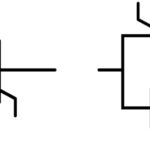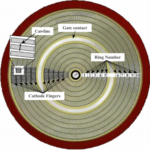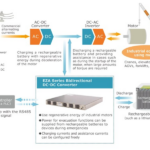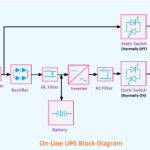 Halo Microelectronics announced the release of its HL7593 and HL7594 devices, a series of synchronous buck converters optimized to supply different subsystems of portable applications.
Halo Microelectronics announced the release of its HL7593 and HL7594 devices, a series of synchronous buck converters optimized to supply different subsystems of portable applications.
The HL7593/HL7594 series output voltage ranges from 0.600V to 1.394V in 6.25mV steps or 0.27V to 0.6272V in 2.8125mV steps programmed through an I2C interface. Their output voltages can be adjusted on the fly to provide a dynamic voltage scaling (DVS) function with a programmable slew rate. Furthermore, a wide range of output capacitors can be used to optimize VOUT stability during load transients, and inductors from 0.33µH to 0.47µH may be used without affecting loop stability.
At moderate to light loads, pulse frequency modulation (PFM) is used to maintain conversion efficiency with a typical non-switching quiescent current of 48µA. Even with such a low quiescent current, the HL759x maintains excellent load and line transient responses. At higher loads, the system automatically switches to fixed-frequency pulse width modulation (PWM) operation at 2.4MHz for minimum VOUT ripple and optimal load transient response. In shutdown mode, the supply current drops below 1µA, reducing power consumption. Additionally, the PFM Mode can be disabled if needed through the I2C registers.
The HL7593/HL7594 ICs are available in a 15-bump, 0.4mm pitch, 2.01mm x 1.21mm WLCSP and are ideal for application processors, memory, HDD, SDD, and mobile devices.






Leave a Reply